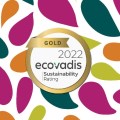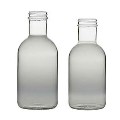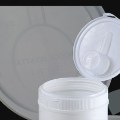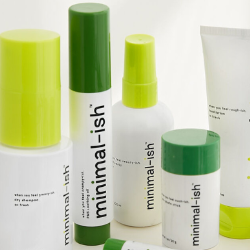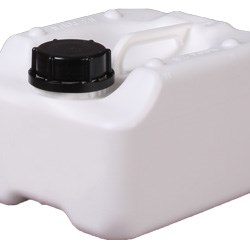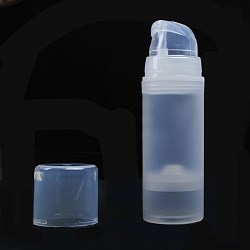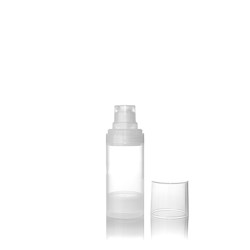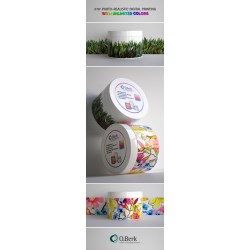Public
Decoration - Creating the perfect package
O.Berk Catalog
O.Berk Locations
O.Berk News
O.Berk Requests
O.Berk Videos
OPTIMATCH – O.Berk packaging process
If this is your company, CONTACT US to activate Packbase™ software to build your portal.


The grocery delivery marketplace is constantly adapting to meet the needs of a broad customer base. By keeping an eye on related segments of the food delivery market ― especially regarding the foodservice industry and home meal delivery, as well as trends in air travel ― we can see which directions the grocery delivery industry is likely heading.
Recently, a major trend is developing that looks to expand packaging options for perishable food items. Across several different corners of the food delivery industry, the popularity of healthy and nutritious food is undeniably on the rise. Sustainable packaging is a big piece of this puzzle, as “green” living continues to gain popularity, from what we put into our bodies to the containers that food arrives in.
The home meal delivery space is one area where healthy options are exploding in today’s marketplace. Nationwide meal delivery services like Factor 75 and Sakara Life ― as well as locally sourced companies in every major city across the country ― are packing their menus full of plant-based perishables, and many of them are also investing in compostable packaging for an extra dash of eco-friendliness.
Indeed, if we look to the restaurant industry, we can see that natural packagingseems to be the next big thing. Whether that means making containers out of compostable materials like cornstarch, wood, or bamboo ― or even just focusing on easily recycled components ― it’s safe to say that the usage of Styrofoam and cellophane is quickly becoming a thing of the past.
The popularity of natural packaging is forcing many communities to embrace composting of foodservice packaging, which in many areas is still limited to food scraps. As the industry’s goals continue to shift along with consumers’ desire for more environmentally friendly options, the cities we live in must evolve to embrace these new trends.
Another area of influence for the grocery delivery market is airline and airport food. It wasn’t too long ago that in-flight options were limited to simple, mass-produced sandwiches packed in plastic wrap, or maybe a microwaved meal that resembled an old-fashioned TV dinner. However, modern airlines are consistently leaving these outdated trends in the past where they belong. For instance, JetBlue’s EatUp Cafe menu has become enormously popular, thanks in no small part to fresh offerings like their Mediterranean Salad Shaker and Chia Seed Pudding.
Even airport vending machines are getting in on the action, with perishable options like fresh-made salads, fruit cups, and other nutritious foods rising in popularity in airports all across America. In addition, these products are often packaged in recyclable jars, with nearby bins making it easy for consumers to responsibly dispose of the packaging.
How will these developments affect the world of grocery delivery? It seems clear that the rise of raw-food diets and trendy “cleanses” isn’t stopping anytime soon, and it’s only a matter of time before these relatively recent developments become the standard rather than the exception. Minimal-waste options are clearly a money-maker in our ecologically conscious world, which can make packaging temperature-sensitive items for transport a bit tricky.
With today’s consumer becoming ever less tolerant of styrofoam coolers and other forms of non-recyclable delivery packaging, grocery delivery trends are shifting toward reusable insulated coolers, dry ice, or even eco-friendly coolant packs and thermal liners. As fresh foods continue to gain a larger hold on consumers’ appetites, the grocery delivery industry needs to widely adopt these methods in order to meet the widespread demand for perishables.
At the end of the day, the ability for grocery delivery services to keep up with these trends without significantly raising costs for consumers will be vital to their continuing popularity. Taking a look at the success of perishable packaging in the foodservice, meal delivery, and airline industries, we suspect the world of grocery delivery will meet this challenge with great success, making it easier than ever for consumers to focus on nutrition without sacrificing eco-friendliness.


